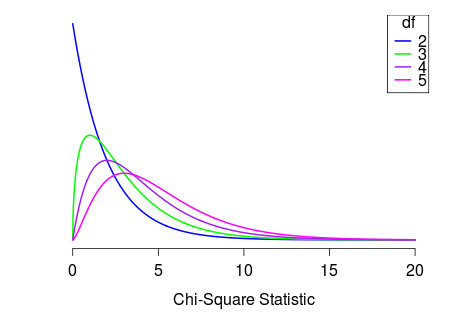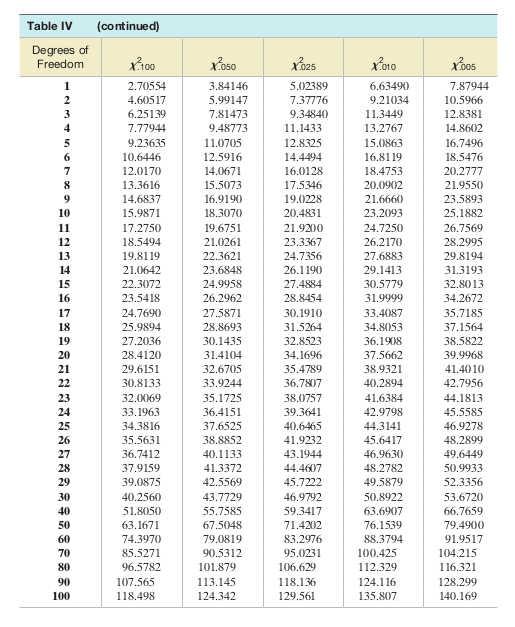# Assuming the die is fair, each of the 6 sides should appear with equal probability.
observed_counts <- c(12, 7, 14, 15, 4, 8)
expected_probabilities <- rep(1/6, 6)
chisq.test(x=observed_counts, p=expected_probabilities)
Chi-squared test for given probabilities
data: observed_counts
X-squared = 9.4, df = 5, p-value = 0.09413
